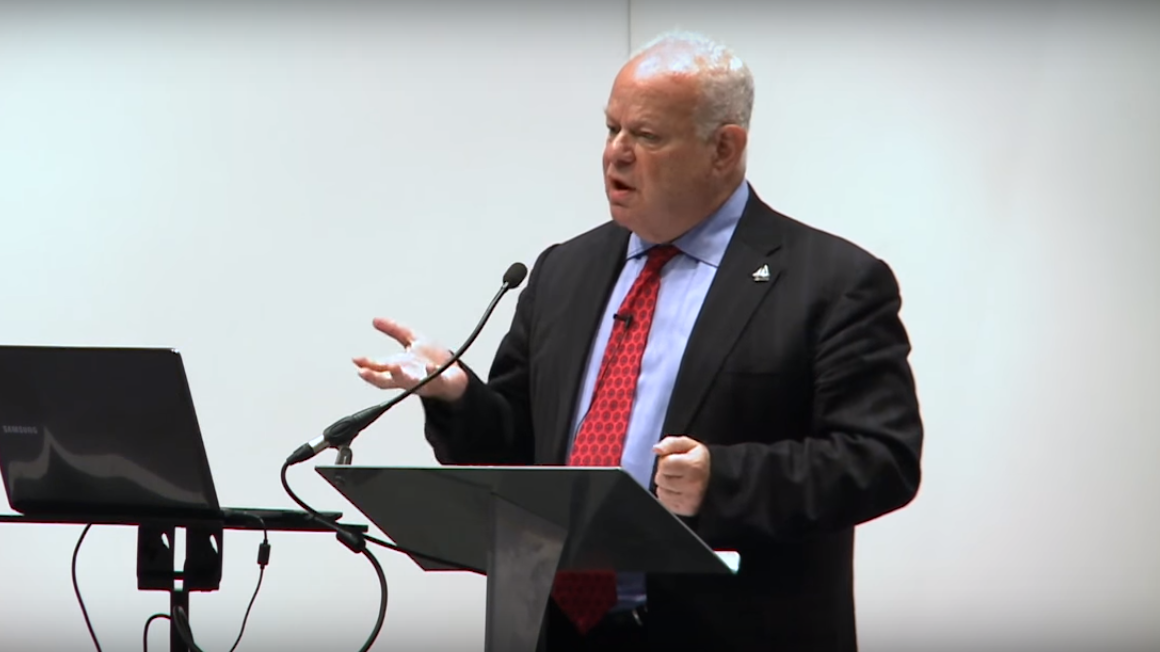This has been a golden age for brain research. We now have amazing brain scans that show which networks in the brain ramp up during different activities. But this emphasis on the brain has subtly fed the illusion that thinking happens only from the neck up. It’s fed the illusion that the advanced parts of our thinking are the “rational” parts up top that try to control the more “primitive” parts down below.
So it’s interesting how many scientists are now focusing on the thinking that happens not in your brain but in your gut. You have neurons spread through your innards, and there’s increasing attention on the vagus nerve, which emerges from the brain stem and wanders across the heart, lungs, kidney and gut.
The vagus nerve is one of the pathways through which the body and brain talk to each other in an unconscious conversation. Much of this conversation is about how we are relating to others. Human thinking is not primarily about individual calculation, but about social engagement and cooperation.
One of the leaders in this field is Stephen W. Porges of Indiana University. When you enter a new situation, Porges argues, your body reacts. Your heart rate may go up. Your blood pressure may change. Signals go up to the brain, which records the “autonomic state” you are in.
Maybe you walk into a social situation that feels welcoming. Green light. Your brain and body get prepared for a friendly conversation. But maybe the person in front of you feels threatening. Yellow light. You go into fight-or-flight mode. Your body instantly changes. Your ear, for example, adjusts to hear high and low frequencies — a scream or a growl — rather than midrange frequencies, human speech. Or maybe the threat feels like a matter of life and death. Red light. Your brain and body begin to shut down.
According to Porges’ “Polyvagal Theory,” the concept of safety is fundamental to our mental state. People who have experienced trauma have bodies that are highly reactive to perceived threat. They don’t like public places with loud noises. They live in fight-or-flight mode, stressed and anxious. Or, if they feel trapped and constrained, they go numb. Their voice and tone go flat. Physical reactions shape our way of seeing and being.
Lisa Feldman Barrett, of Northeastern University, also argues that a main purpose of the brain is to read the body, and to regulate what she calls the body budget. You may see a bully on the playground. Your brain then predicts your next action and speeds your heart rate and breathing to deal with it. You experience these changes as emotion — oh, this is fear or oh, this is anger — because your brain has created an emotion concept to make those physical changes meaningful.
“You might think that in everyday life, the things you see and hear influence what you feel, but it’s mostly the other way around: What you feel alters your sight and hearing,” Barrett writes in “How Emotions Are Made.”
When we’re really young we know few emotion concepts. Young children say, “Mommy, I hate you!” when they mean “I don’t like this” because they haven’t learned their culture’s concepts for hatred vs. badness. But as we get older we learn more emotional granularity. The emotionally wise person can create distinct experiences of disappointment, anger, spite, resentment, grouchiness and aggravation, whereas for a less emotionally wise person those are all synonyms for “I feel bad.”
A wise person may know the foreign words that express emotions we can’t name in English: tocka (Russian, roughly, for spiritual anguish) or litost (Czech, roughly, for misery combined with the hunger for revenge). People with high emotional granularity respond flexibly to life, have better mental health outcomes and drink less.
If bodily reactions can drive people apart, they can also heal. Martha G. Welch of Columbia University points to the importance of loving physical touch, especially in the first 1,000 minutes of life, to lay down markers of emotional stability.
Under the old brain-only paradigm, Welch argues, we told people to self-regulate their emotions through conscious self-talk. But real emotional help comes through co-regulation. When a mother and a child physically hold each other, their bodily autonomic states harmonize, connecting on a metabolic level. Together they move from separate distress to mutual calm.
Welch has created something called the Welch Emotional Connection Screen, which measures the emotional connection between mothers and preterm babies. By encouraging this kind of deep visceral connection through 18 months, her therapy can mitigate the effects of autism.
When you step back and see the brain and body thinking together, the old distinction between reason and emotion doesn’t seem to make sense. Your very perception of the world is shaped by the predictions your brain is making about your physical autonomic states.
You also see how important it is to teach emotional granularity, something our culture pays almost no attention to.
You also see that we’re not separate brains, coolly observing each other. We’re physical viscera, deeply interacting with each other. The important communication is happening at a much deeper level.













